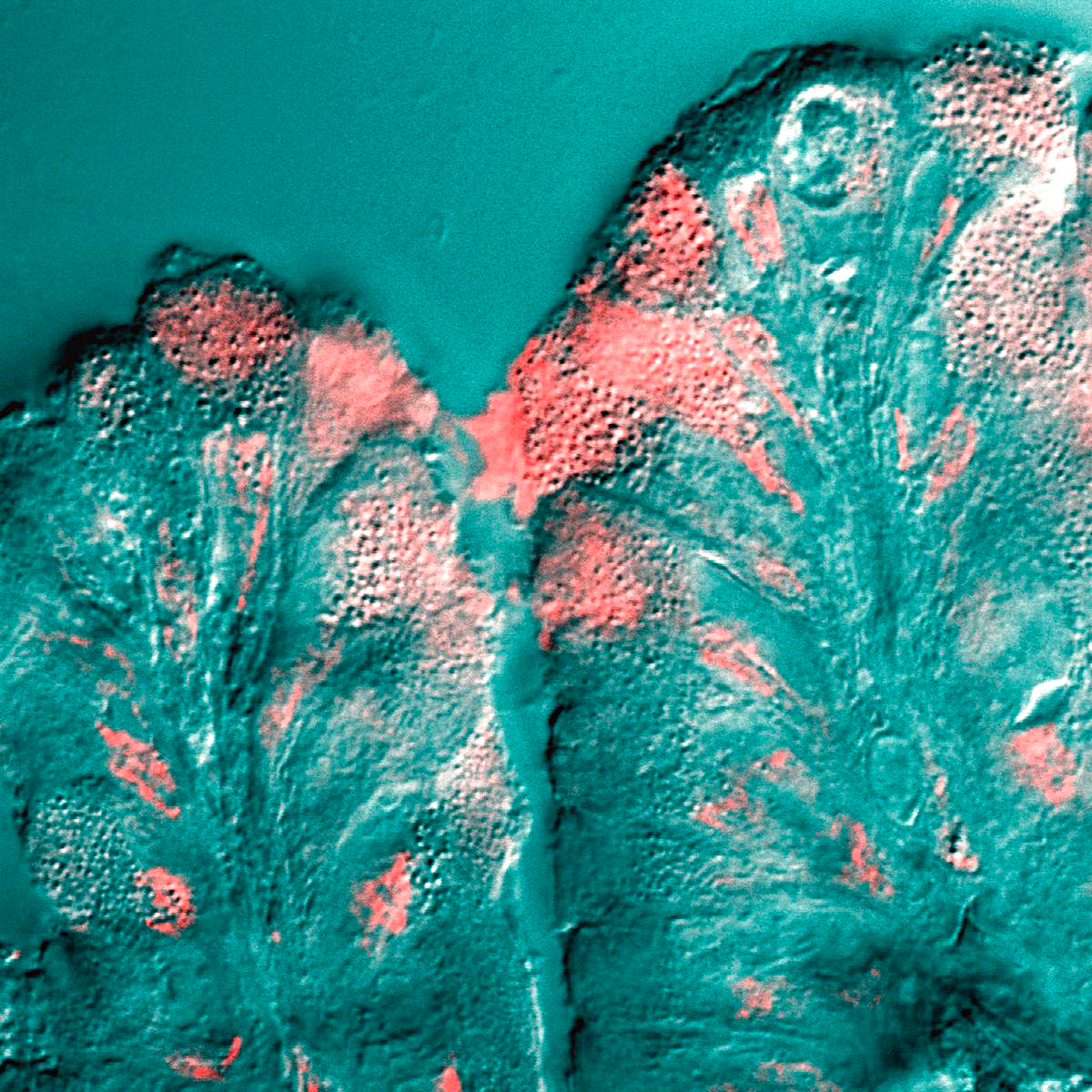|
Stefan Adhesion
Stefan adhesion is the normal stress (force per unit area) acting between two discs when their separation is attempted. Stefan's law governs the flow of a viscous fluid between the solid parallel plates and thus the forces acting when the plates are approximated or separated. The force F resulting at distance h between two parallel circular disks of radius R, immersed in a Newtonian fluid with viscosity The viscosity of a fluid is a measure of its resistance to deformation at a given rate. For liquids, it corresponds to the informal concept of "thickness": for example, syrup has a higher viscosity than water. Viscosity quantifies the inte ... \eta, at time t, depends on the rate of change of separation \frac : ::F=\frac \frac Stefan adhesion is mentioned in conjunction with bioadhesion by mucus-secreting animals. Nevertheless, most such systems violate the assumptions of the equation. In addition, these systems are much more complex when the fluid is non-Newtonian ... [...More Info...] [...Related Items...] OR: [Wikipedia] [Google] [Baidu] |
Viscosity
The viscosity of a fluid is a measure of its resistance to deformation at a given rate. For liquids, it corresponds to the informal concept of "thickness": for example, syrup has a higher viscosity than water. Viscosity quantifies the internal frictional force between adjacent layers of fluid that are in relative motion. For instance, when a viscous fluid is forced through a tube, it flows more quickly near the tube's axis than near its walls. Experiments show that some stress (such as a pressure difference between the two ends of the tube) is needed to sustain the flow. This is because a force is required to overcome the friction between the layers of the fluid which are in relative motion. For a tube with a constant rate of flow, the strength of the compensating force is proportional to the fluid's viscosity. In general, viscosity depends on a fluid's state, such as its temperature, pressure, and rate of deformation. However, the dependence on some of these properties ... [...More Info...] [...Related Items...] OR: [Wikipedia] [Google] [Baidu] |
Bioadhesion
Bioadhesives are natural polymeric materials that act as adhesives. The term is sometimes used more loosely to describe a glue formed synthetically from biological monomers such as sugars, or to mean a synthetic material designed to adhere to biological tissue. Bioadhesives may consist of a variety of substances, but proteins and carbohydrates feature prominently. Proteins such as gelatin and carbohydrates such as starch have been used as general-purpose glues by man for many years, but typically their performance shortcomings have seen them replaced by synthetic alternatives. Highly effective adhesives found in the natural world are currently under investigation but not yet in widespread commercial use. For example, bioadhesives secreted by microbes and by marine molluscs and crustaceans are being researched with a view to biomimicry. Bioadhesives are of commercial interest because they tend to be biocompatible, i.e. useful for biomedical applications involving skin or other body ... [...More Info...] [...Related Items...] OR: [Wikipedia] [Google] [Baidu] |
Mucus
Mucus ( ) is a slippery aqueous secretion produced by, and covering, mucous membranes. It is typically produced from cells found in mucous glands, although it may also originate from mixed glands, which contain both serous and mucous cells. It is a viscous colloid containing inorganic salts, antimicrobial enzymes (such as lysozymes), immunoglobulins (especially IgA), and glycoproteins such as lactoferrin and mucins, which are produced by goblet cells in the mucous membranes and submucosal glands. Mucus serves to protect epithelial cells in the linings of the respiratory, digestive, and urogenital systems, and structures in the visual and auditory systems from pathogenic fungi, bacteria and viruses. Most of the mucus in the body is produced in the gastrointestinal tract. Amphibians, fish, snails, slugs, and some other invertebrates also produce external mucus from their epidermis as protection against pathogens, and to help in movement and is also produced in ... [...More Info...] [...Related Items...] OR: [Wikipedia] [Google] [Baidu] |

